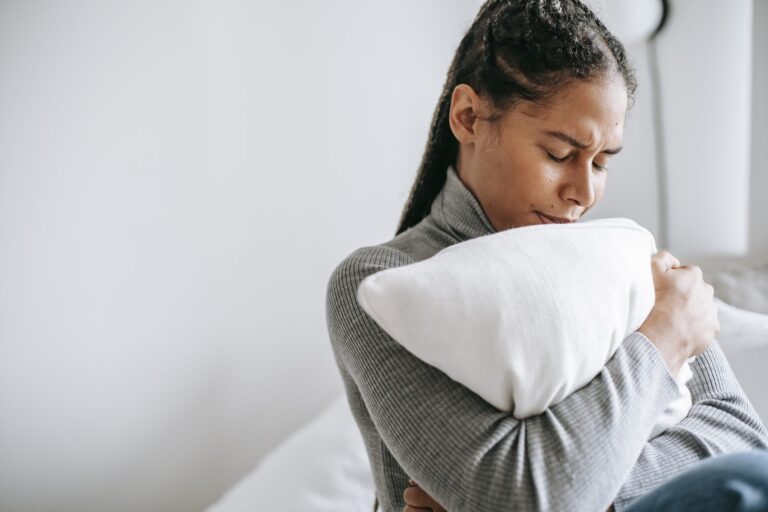A yeast infection is a common and treatable condition. But if you’ve recently started or finished treatment, you might wonder whether it is safe to have vaginal and oral sex.
Yeast infections aren’t sexually transmitted infections (STIs). However, you can pass on the infection to your partner. That’s why we often recommend that both partners take antifungal medication, even if they don’t have symptoms.
Causes
Yeast infections are caused by an overgrowth of the yeast fungus Candida. This fungus is normally part of the microscopic ecosystem of bacteria that live in the vagina and vulva, but when too much grows it can cause symptoms like itching and irritation. Yeast infections aren’t an STD, and they’re more common than you might think. In fact, a yeast infection (also called candidiasis) affects about 3 out of 4 women at some point in their lives.
Sexual contact can introduce extra bacteria into the sensitive environment of the genitals, and this can throw off the natural balance of yeast and bacteria. Not cleaning the genital area after sexual activity can also contribute to a yeast infection because Yeast thrives in warm, dark and moist environments.
Men and women can get yeast infections from each other, and having unprotected sex with someone who already has a yeast infection increases the risk of an itchy rash on the penis (called a yeast infection of the penis or PCOS). Yeast infections are more likely for boys and men who are uncircumcised and for girls who have diabetes that isn’t well controlled.
Other things that can trigger yeast infections include a lack of sleep, wearing tight clothing and using scented soaps or laundry detergent. In addition, an overgrowth of a rare strain of Candida can be caused by HIV infection or certain medications that suppress the immune system.
Symptoms
Yeast infections usually cause itching in the vagina and vulva, along with swelling. They can also cause pain when you urinate and cottage-cheese-like white discharge. Yeast infections can be caused by lots of things, including sex, antibiotics, and excess moisture. They can also occur when your immune system is weakened by illness or certain medications, such as steroids and some cancer treatments.
Symptoms of a yeast infection can appear anywhere from one day to a week after sex. Women often get them when they’re in the first few days of menstruation, during or right after pregnancy, and during a period of time known as perimenopause, when hormone changes can throw off the delicate balance between bacteria and yeast.
You can probably treat a yeast infection with over-the-counter (OTC) antifungal medication like miconazole, available in creams or suppositories, such as Monistat. Or you can ask your doctor for a prescription pill, such as Diflucan or Fluconazole. If you’re using a suppository, insert the medicine at night for three to seven nights.
Before you can have sex again, make sure the infection is gone and your symptoms are gone, too. Otherwise, you might pass the infection to your sexual partner. And don’t use a condom if you’re still getting symptoms; doing so can increase the chance of condom breakage.
Treatment
Women can get yeast infections from having unprotected sex with someone who already has one. This is because sex disrupts the normal ecosystem of your vagina and can cause an overgrowth of yeast. Men can also get penile yeast infections because of unprotected sex with another person who has one, but this is less common because men don’t normally have vaginas.
Symptoms of a yeast infection include itching, irritation, and inflammation in or around the vagina and vulva. You may also notice a telltale odor or have a white-ish discharge that looks like cottage cheese. It’s important to treat a yeast infection right away because it can be very painful and uncomfortable.
There are over-the-counter and prescription antifungal medications to treat a yeast infection. These come in the form of creams, ointments, and suppositories and are available in one-, three-, or seven-day strengths. You can also take an oral medication such as fluconazole (Diflucan) or itraconazole (Brexafemme). Yeast infections usually go away in three to seven days with treatment, but you’ll want to make sure that you finish the entire course of medicine to prevent symptoms from returning.
You can also take steps to prevent yeast infections, such as wearing looser cotton underwear, showering often, and not using scented soaps or lubes in the vagina. You can also try dietary changes, such as eating more yogurt and taking vitamin C supplements to boost your immune system.
Prevention
There are a few steps people can take to help prevent yeast infections. For example, people who have weakened immune systems should use antifungal medications to help protect themselves. These come in pill form and as suppositories, and they can be purchased over-the-counter without a prescription.
It is also a good idea to always practice proper vaginal hygiene, including wiping from front to back and washing the vulva with mild soap and water. Additionally, using a condom or dental dam during sexual activity can reduce the risk of catching or spreading an infection. It is also helpful to urinate after every use of the bathroom and avoid using scented soaps or products on the genital area.
Yeast infections can be treated easily with over-the-counter antifungal medication, which comes in the form of pills, creams, and ointments. However, if symptoms do not go away or return, it is a good idea to talk with a doctor.
Because the itching, burning, and cottage-cheese-like white discharge of a yeast infection can also be caused by STIs such as herpes or genital warts, it is important to talk with your women’s health provider if you have these symptoms. This will help to ensure that your symptoms are actually a yeast infection and not an STI, which requires a different treatment course.
See Also:



